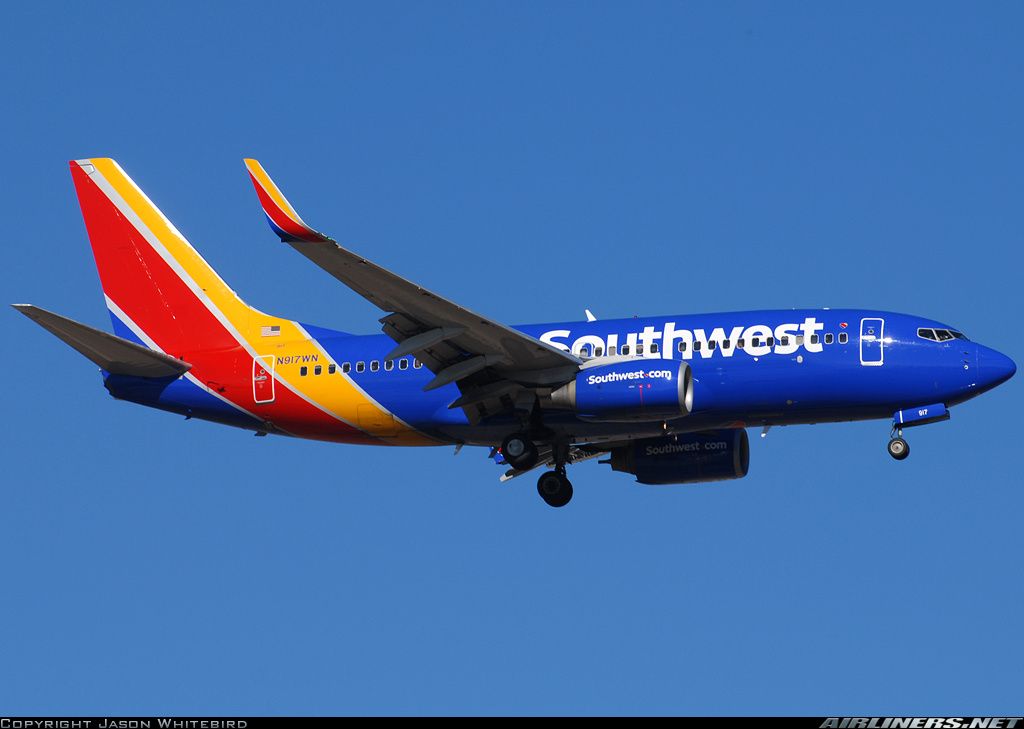Cabin Pressure Loss

When a plane loses pressure here s what happens to your body.
Cabin pressure loss. Loss of cabin pressure shortly after the second call the crew of flight ua 5071 declared a mayday telling albuquerque that they had put on their oxygen masks and were making an emergency descent to 10 000 feet. Loss of pressurisation is a potentially serious emergency in an aircraft flying at the normal cruising altitude for most jet passenger aircraft. Technical problems for example failure of pressurization systems are one of the most common causes.
Albuquerque atc informed the pilots that they were in an msa area and provided them with a vector where the descent could be approved. Unplanned loss of cabin pressure at altitude in space is rare but has resulted in a number of fatal accidents. Loss of cabin pressure.
The plastic bag will not fully inflate although oxygen is flowing. Get to sector 8 without your ship s net oxygen levels exceeding 20 percent starts after the first jump. For this achievement to work you must shut down the oxygen in 80 percent of the rooms on your lanius cruiser until you reach sector 8.
Failures range from sudden catastrophic loss of airframe integrity explosive decompression to slow leaks or equipment malfunctions that allow cabin pressure to drop. Because every ship starts with 100 percent oxygen you must vent before your first ftl jump. Reach up and pull a mask towards you.
Cabin pressure loss can be either slow or sudden. In the unlikely event of a loss of cabin pressure panels above your seat will open revealing oxygen masks. 121 passengers found out recently when a jet airways flight crew forgot to pressurize the cabin.
In 2005 as referenced above a helios airways plane en route from cyprus to athens crashed into a mountain after a loss of cabin pressure killing all 115 passengers and six crew on board. Loss of cabin pressure or depressurisation is normally classified as explosive rapid or gradual based on the time interval over which cabin pressure is lost. Place it over your nose and mouth and secure with the elastic band that can be adjusted to ensure a snug fit.


















